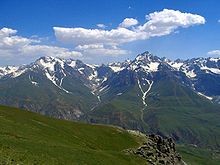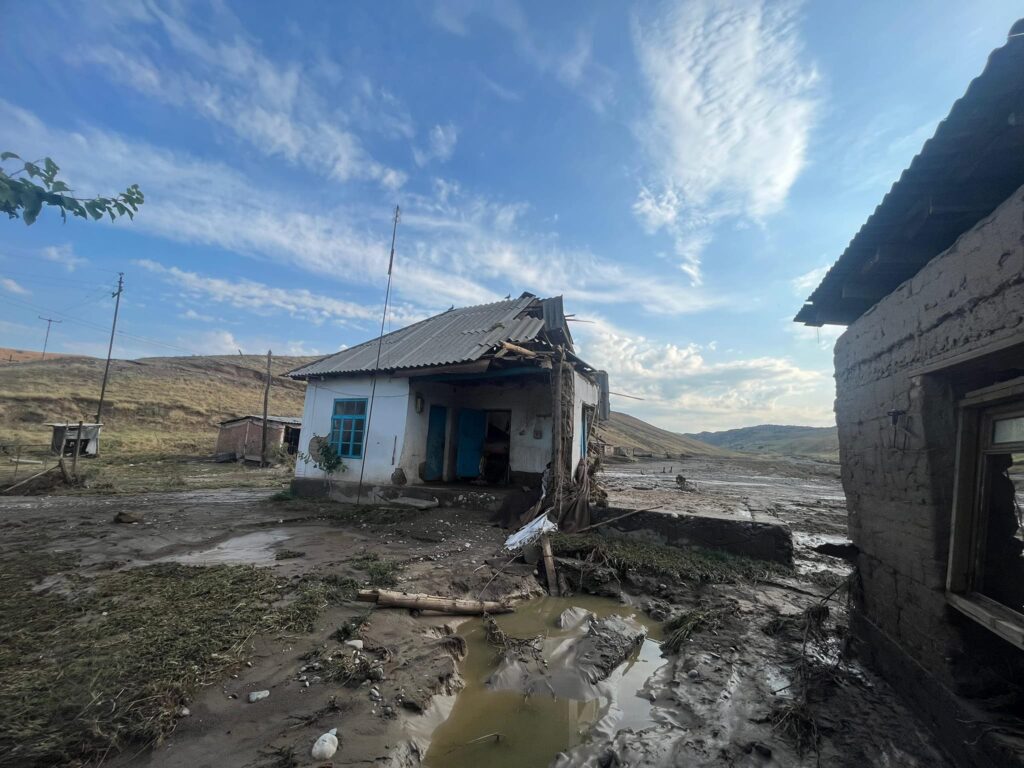BISHKEK (TCA) — According to the World Bank, Central Asia is one of the most vulnerable regions to the effects of climate change in the Europe and Central Asia region. Today, there is already an increase in temperature, melting of glaciers, a reduction in water resources, and natural disasters such as droughts and floods occur more frequently. Taken together, this causes tremendous economic damage to the countries of Central Asia.
From the middle of the 20th century, the average temperature in the southern part of Central Asia increased by 0.5ºC, and in the north – by 1.6ºC, which provoked the melting of glaciers and the depletion of water resources. Since the beginning of the 20th century, glaciers in Central Asia have decreased by a third. According to the World Bank estimates, the damage to the economies of Tajikistan, Turkmenistan and Kyrgyzstan caused by natural disasters ranges from 0.4% to 1.3% of their annual GDP.
The main reason for the region’s vulnerability to climate change is that the region’s economy is largely dependent on its natural resources. For example, from 30 to 60% of Central Asia’s population receive income from agriculture, and it is expected that in some parts of Tajikistan, yields may be reduced by 30%. In Kazakhstan, 66% of land is subject to drought and, according to forecasts, grain yield by 2030 may be reduced by 37%, and by 2050 – by 48%. At the turn of the century, half of the territory of Kyrgyzstan may be subject to desertification, and the vast territories of Turkmenistan and Uzbekistan may turn into arid zones.
A big challenge for the region is also a reduction in water resources, on which the production of 90% of hydropower depends in countries such as Tajikistan and Kyrgyzstan. By 2050, the flow of water in the Syrdarya river basin may decrease by 2-5%, and in the Amudarya river basin – by 10-15%, which will increase the water deficit. The lack of certainty in the availability of water resources raises the question of the region’s energy supply and the productivity of hydroelectric power plants, which by 2050 in some parts of the region may drop to 20%.
“Climate change is a common problem for all countries of Central Asia, so combating its consequences requires joint efforts in regional cooperation,” said Gayane Minasyan, lead environment specialist at the World Bank in Central Asia, speaking at an expert meeting organized in Almaty by the World Bank and Vlast magazine last week.
Experts highlighted the main recommendations in this area to upgrade the aging infrastructure, take measures for the efficient use of energy resources and maintain more climate-resilient agriculture, as well as allocate funds for research and monitoring of climate change and the state of the environment. In addition, countries need regional cooperation, which will enable countries to work together to solve common problems.









